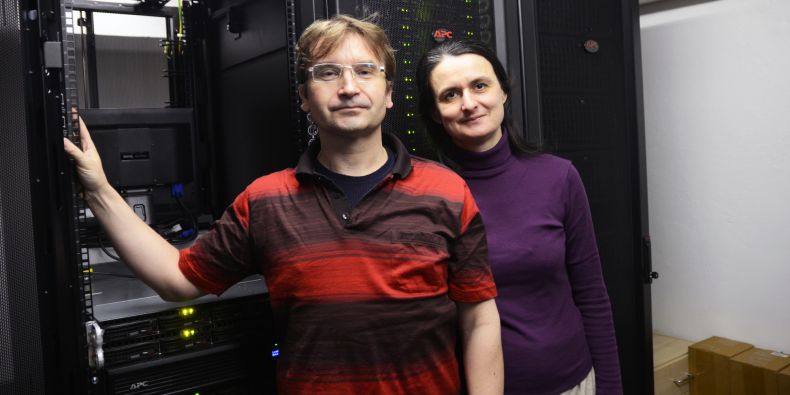Another step towards understanding how life on Earth began is a paper by scientists from the joint center of CEITEC Masaryk University and the Institute of Biophysics of the Academy of Sciences of the Czech Republic. Their theory, which sheds light on the first chemical steps leading to the evolution of early life on Earth, has been accepted for publication in the prestigious international journal Chemistry – the European Journal.
The Brno team created, based on an experiment of their Italian colleagues, a theoretical chemical model showing how basic units of genetic coding (RNA nucleotides) could combine to create new, increasingly complex and diverse molecules, which are the basis of all living organisms. The work of the scientists therefore reveals a key part of the mosaic of the functioning of the simplest genetic molecules.
Experimental work was carried out in Rome in the laboratory of Ernesto Di Mauro and Samanta Pino. Subsequently, theoretical modeling was conducted on CEITEC computers in Brno in the laboratory of Jiří Šponer under the leadership of Judit Šponerová in a project focused on the origin of life. The published paper is part of broader research conducted by the Brno team and cooperating laboratories, which aims to find a complete chemical model reconstructing the emergence of the first RNA molecules from a molecule of formamide.
This is actually the first step in the emergence of life, in the formation of the first genetic molecules.
This paper is related to another study brought to attention by the prestigious world journals Science and PNAS, which suggests that impacts of asteroids could have significantly contributed to the emergence of life. Scientists from the J. Heyrovsky Institute of Physical Chemistry in Prague together with their colleagues from Masaryk University in Brno simulated energy released by impacts of extraterrestrial bodies using pulses of laser beams on a high-performance Asterix laser system (PALS).
In doing this, they simultaneously managed to create basic molecules for genetic information encoding: adenine, guanine, cytosine and uracil, i.e. four basic components of genetic material of RNA, which is considered the first molecule able to preserve and reproduce genetic information and is the predecessor to DNA.
